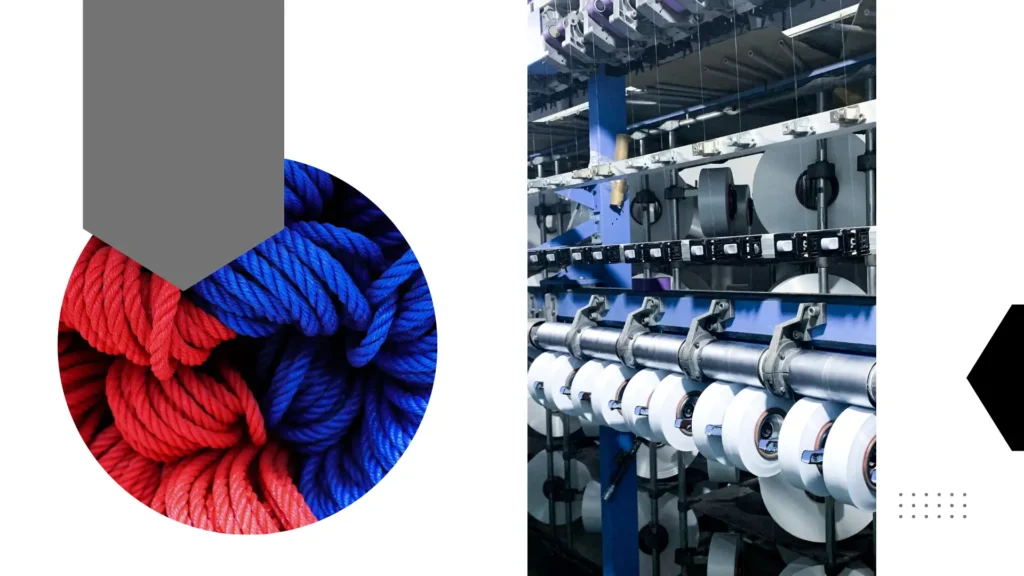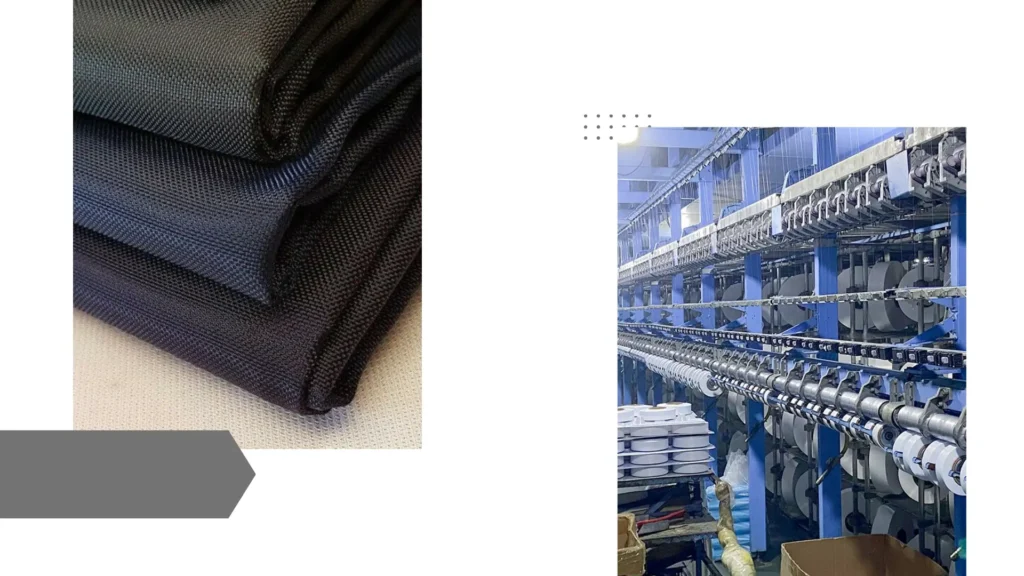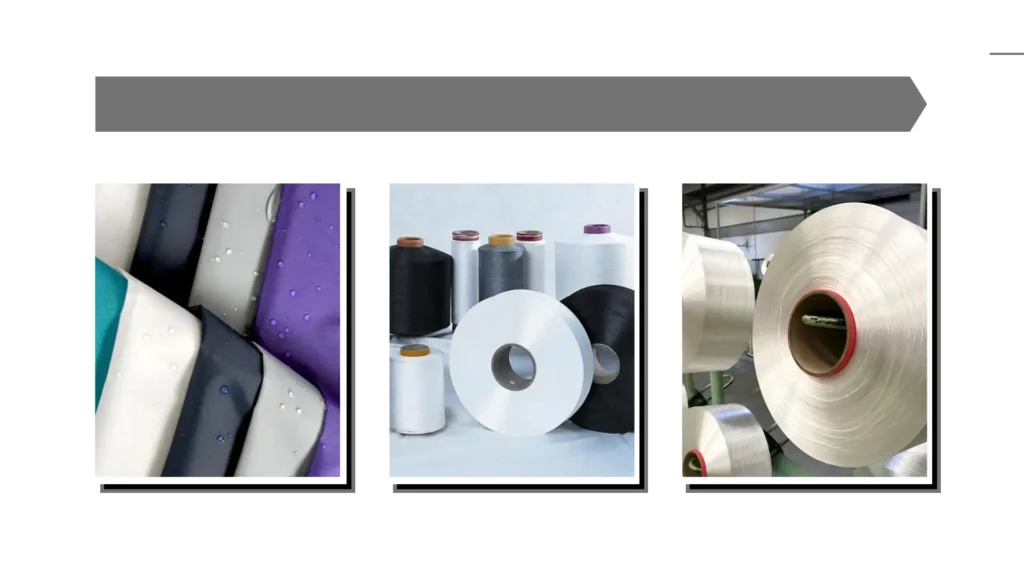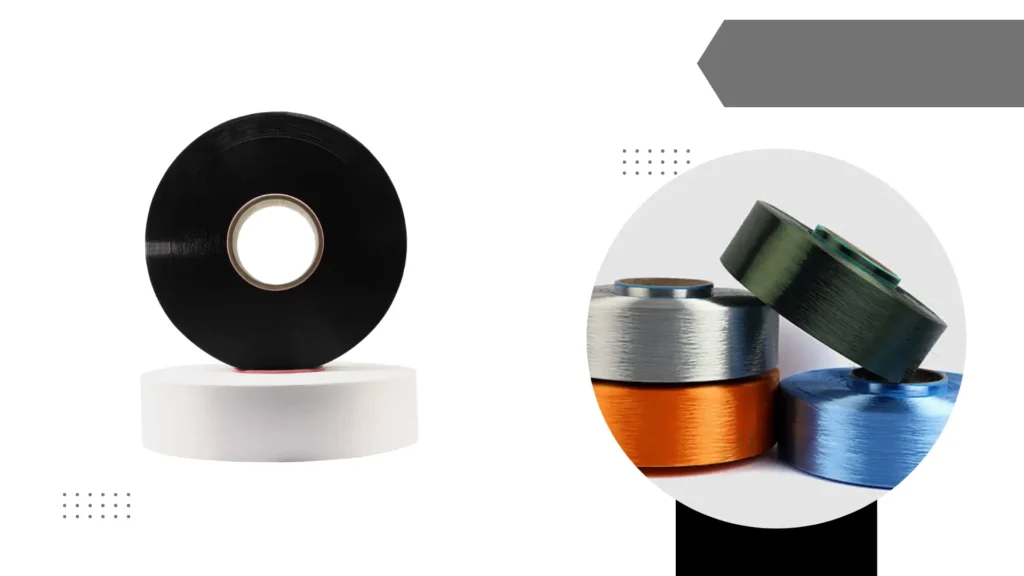What Are the Common Types of Defects in Nylon 6 Products?
Nylon 6 is a widely used synthetic polymer, renowned for its exceptional strength, flexibility, and durability.
It is created through the polymerization of caprolactam, which involves a chemical reaction that forms long chains of the polymer.
This unique molecular structure gives Nylon 6 its remarkable mechanical properties, making it suitable for a diverse array of applications, from textiles to industrial components.
The versatility of Nylon 6 allows it to be used in various industries. In textiles, it is commonly found in clothing, carpets, and upholstery, where its durability and resistance to wear are highly valued.
In the automotive sector, Nylon 6 is utilized for components such as fuel lines, electrical connectors, and gears, where strength and flexibility are crucial for performance.
Additionally, it is employed in industrial applications, including conveyor belts and machinery parts, showcasing its broad applicability.
Nylon 6 offers numerous benefits that make it an attractive choice for manufacturers. Its durability ensures that products can withstand heavy use without significant degradation.
Being lightweight also aids in reducing overall product weight, which is beneficial in sectors like automotive and aerospace.
Furthermore, its resistance to chemicals and environmental conditions enhances its longevity, making it a cost-effective option for various applications.
What Are the Common Defects Found in Nylon 6 Products?
Overview of Defects
Defects in Nylon 6 can arise during various stages of manufacturing, leading to issues that may compromise the quality and performance of the final product.
Understanding these defects is essential for both manufacturers and consumers.
By identifying these common problems, manufacturers can implement effective detection and correction methods, ensuring better quality control and customer satisfaction.

Types of Defects
Common defects in Nylon 6 include discoloration, which can result from improper processing conditions; mechanical weaknesses, such as brittleness or reduced tensile strength; surface imperfections, including uneven textures or scratches; and dimensional inaccuracies that can affect product fit and functionality.
Each type of defect has distinct causes and implications for the overall performance of the material.
Importance of Identifying Defects
Identifying defects early in the production process is crucial for maintaining high-quality standards.
Early detection allows manufacturers to take corrective actions before defective products reach the market, thereby reducing waste and improving customer satisfaction.
By understanding the nature of these defects, manufacturers can also enhance their processes and prevent similar issues in the future.
Learn More:
- What are Common Defects in Nylon 6 Manufacturing
- What Techniques Do Manufacturers Use to Detect Defects in Nylon 6
How Does Discoloration Occur in Nylon 6?
Causes of Discoloration
Discoloration in Nylon 6 can occur due to several factors, including overheating during processing, exposure to ultraviolet (UV) light, and contamination with certain chemicals.
High temperatures can degrade the polymer chains, leading to changes in color, while UV exposure can cause fading or yellowing over time.
Additionally, contaminants introduced during manufacturing can alter the material’s appearance.
Impact on Product Quality
Discoloration can significantly diminish the visual appeal of Nylon 6 products, making them less marketable.
In applications where aesthetics are important, such as fashion and home furnishings, this defect can deter customers and negatively impact sales.
Furthermore, discoloration can be perceived as a sign of poor quality control, leading to reduced consumer trust in the brand.
Prevention Strategies
To prevent discoloration, manufacturers can implement proper temperature controls during processing, ensuring that materials are not exposed to excessive heat.
Using UV inhibitors in formulations can also help protect against sunlight exposure.
Regular quality checks throughout the production process can identify issues early, allowing for timely adjustments and corrections.

What Are Mechanical Weaknesses in Nylon 6?
Definition of Mechanical Weaknesses
Mechanical weaknesses refer to characteristics such as brittleness, reduced tensile strength, or inadequate impact resistance in Nylon 6 products.
These weaknesses can compromise the structural integrity of the material, affecting its performance in various applications where strength and flexibility are essential.
Causes of Mechanical Weaknesses
Mechanical weaknesses can be caused by several factors, including improper processing conditions, such as incorrect temperature or pressure settings, and the quality of raw materials used.
Contamination during production or the introduction of foreign substances can also lead to a decrease in the mechanical properties of Nylon 6.
Consequences of Mechanical Weaknesses
Products exhibiting mechanical weaknesses may fail under stress or impact, leading to safety hazards or product recalls.
Ensuring robust mechanical properties is vital for maintaining customer trust and ensuring the reliability of Nylon 6 products, particularly in critical applications like automotive or aerospace components.
How Do Surface Imperfections Affect Nylon 6 Products?
Types of Surface Imperfections
Surface imperfections in Nylon 6 can manifest as scratches, pits, uneven textures, or blemishes.
These defects often arise during the handling, processing, or storage of the material and can be a result of inadequate protection during production.
Causes of Surface Imperfections
Surface imperfections can be attributed to improper handling techniques, inadequate packaging, and processing errors, such as incorrect cooling rates.
Additionally, dirt and debris can become trapped in the material during production, leading to visible flaws that affect the product’s overall appearance.

Impact on Customer Perception
Surface imperfections can significantly impact the perceived quality of Nylon 6 products.
Customers may view these defects as indicators of poor manufacturing practices, leading to diminished trust in the brand.
In competitive markets, maintaining a pristine product appearance is essential for attracting and retaining customers.
What Are Dimensional Inaccuracies in Nylon 6 Products?
Definition of Dimensional Inaccuracies
Dimensional inaccuracies refer to deviations from specified measurements, which can affect the fit and function of Nylon 6 products.
This issue is particularly critical in applications where precise dimensions are required to ensure compatibility with other components.
Causes of Dimensional Inaccuracies
Dimensional inaccuracies can arise from improper machine settings, variations in material properties, or environmental factors such as temperature and humidity.
These influences can lead to parts that do not conform to design specifications, resulting in assembly issues or operational failures.
Importance of Accurate Dimensions
Ensuring dimensional accuracy is vital for the functionality of Nylon 6 products. In applications like automotive parts and machinery, even slight variations can cause significant problems, leading to increased costs, delays, and potential safety risks.
How Does Contamination Impact Nylon 6 Quality?
Types of Contaminants
Contaminants in Nylon 6 can include dust, oils, moisture, and foreign materials introduced during production.
These substances can alter the material’s properties and lead to defects in the final product.
Effects of Contamination
Contamination can weaken the polymer structure, which may result in mechanical failures or compromised chemical resistance.
It can also lead to visual defects, such as discoloration or surface blemishes, that detract from the product’s overall quality.

Prevention of Contamination
Implementing strict cleanliness protocols during manufacturing, along with proper storage conditions, can help minimize contamination risks.
Regular quality checks can also identify and mitigate contamination issues, ensuring that only high-quality materials are used in production.
Why Are Quality Control Measures Essential?
Role of Quality Control
Quality control measures are essential for identifying and addressing defects in Nylon 6 products.
Effective quality assurance practices help maintain high standards and ensure customer satisfaction, reducing the likelihood of defective products reaching the market.
Techniques for Quality Control
Common quality control techniques include visual inspections, mechanical testing, and chemical analysis.
These methods help manufacturers detect defects early and implement corrective actions, ensuring that products meet established specifications.
Continuous Improvement Through Quality Control
Establishing a culture of continuous improvement in quality control processes can lead to enhanced product reliability.
Regularly reviewing and refining techniques helps manufacturers stay ahead of potential quality issues, fostering greater efficiency and customer trust.

Conclusion
Recognizing the common types of defects in Nylon 6 is essential for manufacturers and consumers alike.
By understanding issues such as discoloration, mechanical weaknesses, surface imperfections, and dimensional inaccuracies, manufacturers can implement effective quality control measures.
This proactive approach not only enhances product quality but also fosters customer satisfaction and trust in the brand.
Through ongoing efforts to identify and address defects, the industry can continue to deliver high-quality Nylon 6 products that meet customer needs.



